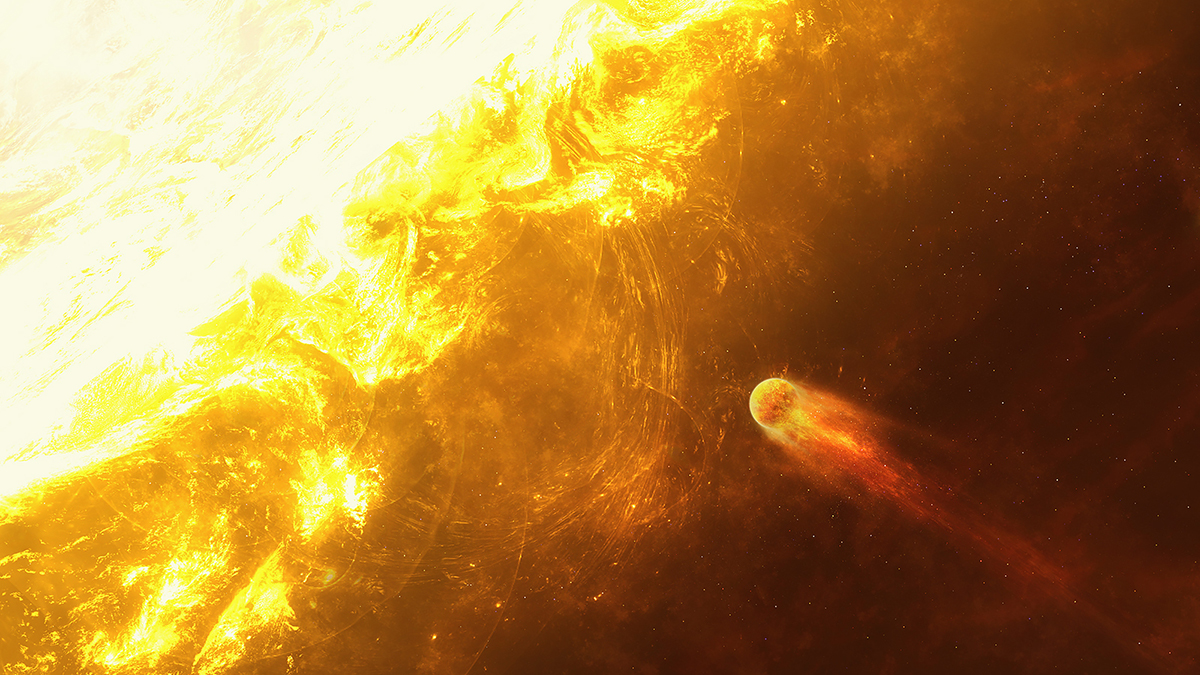no, cosmic rays aren’t to blame for climate change

According to astrophysicist Charles Wang, supernovae belching out cosmic rays are clouding our skies and warming the planet. Certainly, dumping greenhouses gases into the atmosphere isn’t exactly helping matters, but the emissions from dying stars shouldn’t be overlooked. There isn’t very much detail in his press release, but those of us who read scientific literature will more than likely notice a deep shade of Henrik Svensmark’s hypothesis about cosmic ray-triggered cloud cover in play here. Basically the only difference between his work and Wang’s claim is that the high energy culprits are now being given a more exotic source, and that makes it very, very problematic in the first place. Why? Well, the trouble with Svensmark’s idea is that it was shown to be wrong and attempts to reproduce his results made researchers question his methods for measuring cosmic ray interference in the atmosphere. There was nothing nefarious involved, it’s just that Svensmark made a few mistakes which were caught in peer review.
Now, ordinarily this would be no biggie, but we are talking about climate change here and so his idea was picked up as the divine truth by some denialists and unequivocally supported by the people who think that “global wamring” is code for a U.N. plan to take away their land and their guns, extending its shelf life well beyond what it should’ve been. If the paper’s supporters had an inclination to do a little digging, they would’ve found that attempts to link cosmic rays and space weather to our climate have been tried for more than a century, promped by an experiment that took place in 1859. However, all these attempts fell short for a simple reason. Their data doesn’t really fit with what’s going on with average temperatures and annual fluctuations. Yes, there is a causation mechanism being advocated and true, correlation is not causation. But if you’re going to say that for each action there’s an equal and opposite reaction, there better be a correlation between the amount of force you apply and the scale of the reaction, because otherwise, you’re probably wrong about your hypothesis and have yet to nail down a solid theory.
With all that said, could cosmic rays from supernovae affect climate? Possibly, but if they do, it’s not likely to amount to much. Remember that stars which have enough heft to go supernova are asymptotic; which is academise for rare. They’re scattered far and wide, and the cosmic rays of their last moments have to cover hundreds of light years to get here, which means that few will. According to the inverse square law, there’s a four-fold reduction in power when the distance is doubled. For example, to borrow from Wikipedia for a second, Mercury is about three times as close to the Sun as we are, but it doesn’t receive three times the heat, light, and radiation we do here. It receives nine times the solar energy. If you want to see the law in action, just turn on a powerful flashlight in the dark and watch how far the beam of light can go before it scatters and fades into the surrounding gloom. Now pretend that it’s a supernova and the light is made up of cosmic rays headed for Earth. On that scale, Earth might be a grain of sand on the surface of the Moon, which as you can probably guess, is not going to get a whole lot of exposure to your flashlight since that light is already too diffused to be seen within the confines of a room.
So in order to show that cosmic rays have a measurable effect on climate, we would need to be sure that we can accurately measure the incoming cosmic rays and their intensity, that the rays’ bombardments of the atmosphere strongly correlate to increased cloud cover, that we can trace the clouds’ birth from areas of the globe receiving the most exposure, and that we can measure just how much heat is being trapped by these clouds after adjusting for greenhouse gases with observations from cloud-free areas of the planet. Svensmark came up short in all of these areas with routine cosmic ray bombardment. Wang’s exotic supernova twist adds another layer we have to examine, a correlation between supernovas and increased cosmic ray detection, something that’s highly unlikely to have the sort of effect worth writing a major news piece about if we pause to consider the distribution of massive stars in the galaxy and the physics of the inverse square law described above. For now, the best explanation for the sort of climate patterns we see today are steady streams of greenhouse gasses being pumped into the atmosphere by us on top of a few natural variations the already slightly increased natural greenhouse gas amounts.





